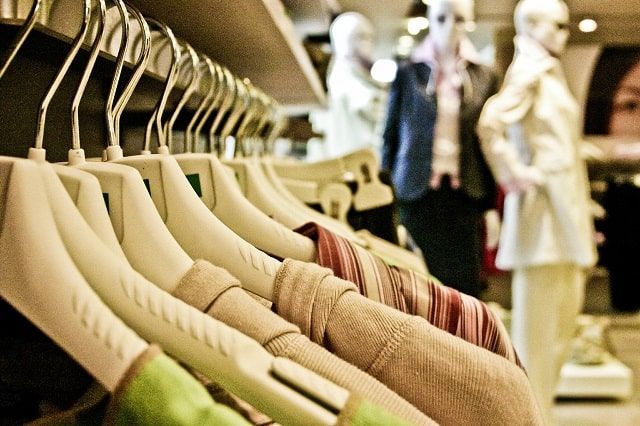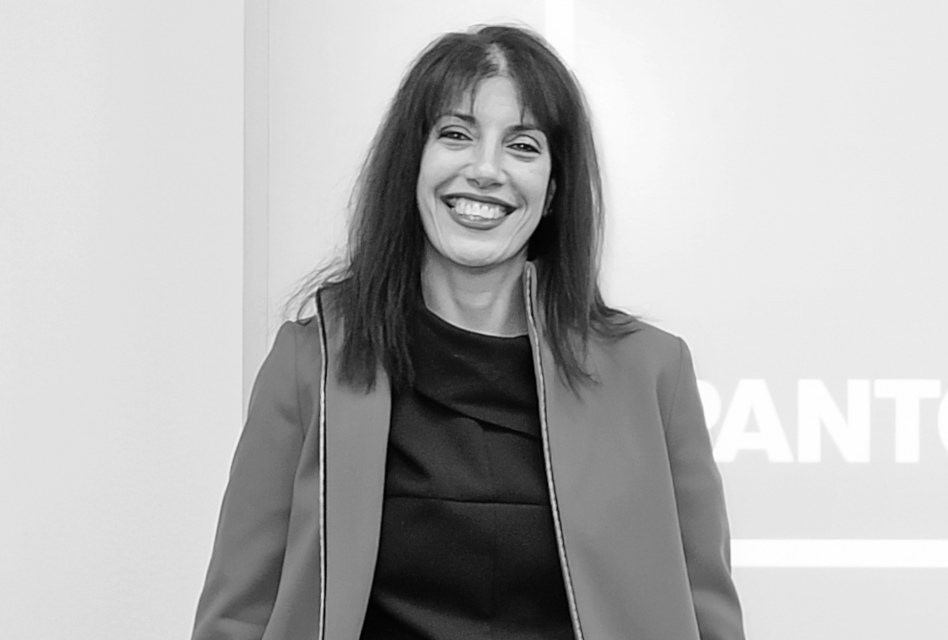The 2023-2024 fashion color trends for Autumn/Winter have been revealed by WGSN (Worth Global Style Network), a 23-year-old consumer and design trend forecasting global authority. This time they’ve collaborated with color authority Coloro.
Together, they have brought up five pallets, Digital Lavender, Astro Dust, Galactic Cobalt, Sage Leaf, and Apricot Crush. These colors are going to sway the ramp stages within a couple of years. But, doesn’t it raise questions in mind that ‘How/Why some colors are designated as more important than the other colors?’ Or, ‘Who is acting behind the scenes to regulate the whole world’s color from wardrobe to table?’

Here, we are going to dig deeper down to find out the keys to determining all the answers.
Why is color forecasting so important in fashion?
Color is the main attractive sales point of any product. Customers tend to buy colorful manufactures. According to IKNOCK FASHION, ‘86% of consumers believe that color is the essential factor while buying a garment or a product. It takes only 92 seconds to make an impression on them.
Thus, in the apparel industry, it plays one of the pivotal roles in selecting fashion trends. Every year colors are predicted for upcoming years, naming ‘color of the year’ by a few of the industry players. Though, there is no such evidence of sales boost due to color.
Who is determining the colors as a trend?
It is a myth amongst the people that fashion trends are naturally changing processes. But the reality says something opposite to it. In one of the NPR articles, it was said that this decision is made by a committee. Amongst many, a secret committee of 10 unknown people led by the color market’s emperor Pantone, is the most influential one.
NPD, a market research group, said, Pantone, is the sole distributor of color to half of all US garments. This company holds meetings in Europe twice a year. The invitees decide over the color psychology of humans. If they decide pink as the color of the girls and blue as the color of the boys, then it is going to be the trending colors of the girls and boys. This is how they monopolize the color business capitalizing on the human mind.

How are single or multiple pallets chosen to be Trends?
Fashion designers and color specialists capture hues from popular or viral paintings, movies, television, socio-political events, celebrities and so on to put it in their next sketch. Remember the popular movie ‘AVATAR’? It was released on December 17, 2009; and, the 2010 color of the year was Turquoise. Colorists keep a keen eye on what people tend to love and what is most impactful on their lifestyles.
History behind
Not so clear, but maybe the early 1900s were the era of fashion trends and it caught momentum after WW2. Color became so vital in the 1960s fashion industry that even motor cars, home interiors were influenced by the colors of dresses. Nowadays, the whole world has become the source of inspiration and at the same time the grand market for the latest trends by virtue of the digital boom.
What are we gaining & what are we losing?
Apart from the glamorous look & stuffed closets, the idea of ever-changing styles by every season never helped us have a healthy and balanced lifestyle. Here’s how,
- Environmental hazard: It is obvious from so much research that overconsumption of clothes and chemical production from the fabric color industry are directly liable for landfilling and spoiling the water sources consecutively. 10% of global carbon emission by humans is generated from textile mills. About 20% of global clean water pollution is caused by chemical dyeing and finishing products. And, 85% of produced fashion goods end up in the dump yard.
- Lust Driven purchasing behavior: When it comes to scrolling through Instagram, or walking by the streets none of us can miss the alluring advertisements of different styles, from different stores. People rarely can hold the temptation of buying the newest one as the previous style gets volatile within months. The policy of product sale is none other than driving lust, which is against healthy mental behavior.
- Pushing towards wastages: Wastage is seriously claimed to be an unethical practice worldwide. By changing styles and colors every three to four months, people are pushed towards wastage. The number of times wearing a cloth has waned down to 36% since 2000.
- When asked, Laurie Pressman, VP of Pantone’s Color Institute said that “We agree that one reason consumers cycle through so many clothes is that they are chasing the newest trends, which can be grounded in new color palettes. However, in our role as a color resource, we are not suggesting that consumers go out and replace everything in their closets. Keep in mind that just because you highlight a color a designer will show in their collections, which is what the Pantone Fashion Color Trend Report is doing, it does not mean that a designer created their new designs from brand new materials or that a reader of this information can’t visit a vintage resale store or site or even reach into their closet for a similar shade.”

- Captive designers: Fashion designers or stores are captive in the hands of these fashion or color forecasters. They become discouraged from creating something of their own taste and color when they feel cast off from the current trend or fashion society. In addition, they might face sales cuts when their ‘old fashioned’ or outlandish wear will not attract customers. On this perception, they even procure competitors’ newly designed clothes just to keep on track.
The endnote is simple. The keys determining trending colors leave some inconvenient questions, which are still unsolved. If we feel ourselves to be accountable to the upcoming generations, these issues must be put under attention.
















